How often and how to water my Kentia?
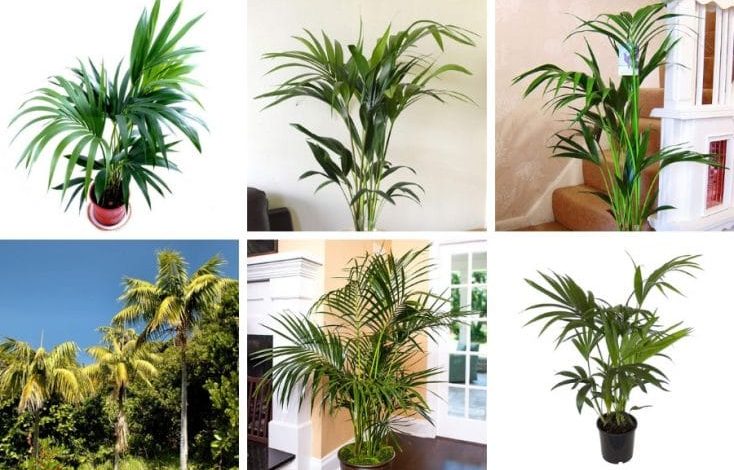
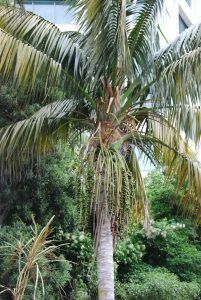 Having a palm tree at home perfectly decorating any corner and also giving that beach feeling that is so enjoyed is possible with a kentia.
Having a palm tree at home perfectly decorating any corner and also giving that beach feeling that is so enjoyed is possible with a kentia.
These palms are easy to care for and adapt perfectly to interiors, so all you need is a nice pot and the desire to take care of it.
And in this last point we are going to support you a little by giving you all the effective strategies so that it is a task that is quite easy for you.
How is kentia irrigation applied, how often and what are the main problems associated with this care? That’s all we’re going to review below. Ahead.
Important points when watering a kentia:
- Irrigation frequency: on hot days it can be between 2 and 3 weekly irrigations, while in the cold season this frequency decreases to one irrigation every 4 days, approximately.
- Watering method: indoor watering can. Watering can, drip or outdoor hose.
- Optimum time of day for irrigation: in the morning.
- Identify excess water: root rot, appearance of diseases such as powdery mildew.
- Identify lack of water: leaves that turn yellow from the tip to cover the entire structure. Sometimes they also turn brown when the drought is already advanced.
What watering needs do kentias have?
The moisture balance of the kentia substrate is essential for them to stay healthy, as they are sensitive to lack of water. In turn, it is also difficult for them to have excess water, since the roots are very prone to rotting if they are subjected to a lot of watering.

The ideal is to program the irrigation so that the substrate is always slightly moist, thus avoiding extremes. Either way, the plant ‘s own conditions will «talk» to you about how healthy it is. If you notice that something is wrong and you think it is associated with risks, you will have to apply the corresponding modifications.
How can we detect the lack of irrigation in the kentia?
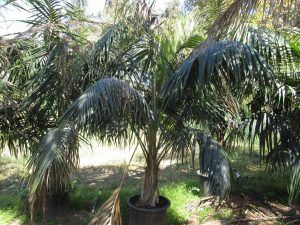
One of the plants that naturally sets off alarms in the event of a timely lack of irrigation is the kentia.
The leaves will begin to show yellow tips and gradually become completely covered in brown as they dry out.
This will make your specimen ugly and prompt you to make adjustments to improve these conditions.
The ideal is to apply a first irrigation in depth and then continue with a frequency of irrigation that is profitable.
How often should we water the kentia?
The risks of each kentia will be different because they will respond to the particular needs of the specimens and the conditions in which they are living. However, we can establish parameters that tend to be usual for the vast majority of cases and that give good results:
- On summer days, watering can be established a couple of times a week, and can be increased up to 3 times if the environment is very hot and the water evaporates quickly. Do not forget that being indoors tends to consume water more slowly but, at the same time, the substrate stores less moisture.
- When winter arrives, watering can normally be every 4 days. Likewise, the entire structure of the space must be taken into account because it will influence the total liquid consumption.
If the kentia is planted outside, it will not be necessary to water in the rainy periods because they will obtain what they need from the environment.
What is the best way to water the kentia?
If you have your kentia indoors, the watering method using a watering can will be the ideal option. Check that the flow of water is appropriate so as not to puddle and add the amount of water necessary so that it begins to drain from the bottom.
You may need to set out a plate to catch the excess so it doesn’t cause a mess, but remove it as soon as you can. If there is a particularly hot day or you have it in a heated area, you can spray the leaves from time to time.

For irrigation outside, you can use a watering can, a drip irrigation system or a hose, taking care that the foliage does not get wet.
How do we detect excess water in the kentia?
An excess of water in the kentia will bring with it the inexorable rotting of its roots and, therefore, the death of the entire plant.But that is not the only problem since a high humidity environment provides an access door for fungi to appear that will affect the structure.
The powdery mildew feels a special attraction to the kentia and could kill it in a very short time, so check that there are no puddles. A well-cared-for kentia will be a beautiful gift for the eyes and to refresh any space, that’s why you should treat it with a lot of love.

The irrigation of kentia, if you plan it well, does not have to give you a lot of work, so take advantage of the information that we gave you here and put it into practice from now on.
Bibliographic references
- Kentia, the royal palm of Sicily, GF Sportelli – Colture Protette, 1999 – sidalc.net
- [BOOK] The Big Book of Indoor Plants, MR Coll, MF Terricabras – 2018 – books.google.com
- [PDF] The collection of palm trees in the Parque de Málaga, BD Garretas, AA Marfil – Bulletin of the Malaga Academy of…, 2020 – dialnet.unirioja.es
- The Palms and the Earth, A Dugand – Caldasia, 1965 – JSTOR
- [PDF] The ornamental plants sector, M Caballero – mapa.gob.es
- [BOOK] The Big Book of Exotic Plants, P Blin – 2020 – books.google.com
Maybe you are also interested in:

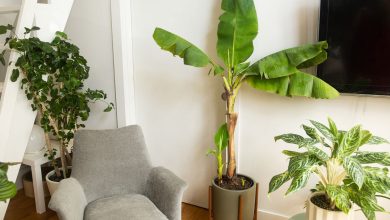
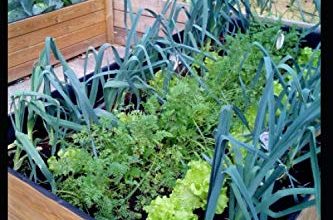
![Photo of Electric Flower: [Cultivation, Care, Irrigation, Substrate and Pests]](https://www.complete-gardening.com/wp-content/uploads/2022/08/electric-flower-cultivation-care-irrigation-substrate-and-pests-390x220.jpg)